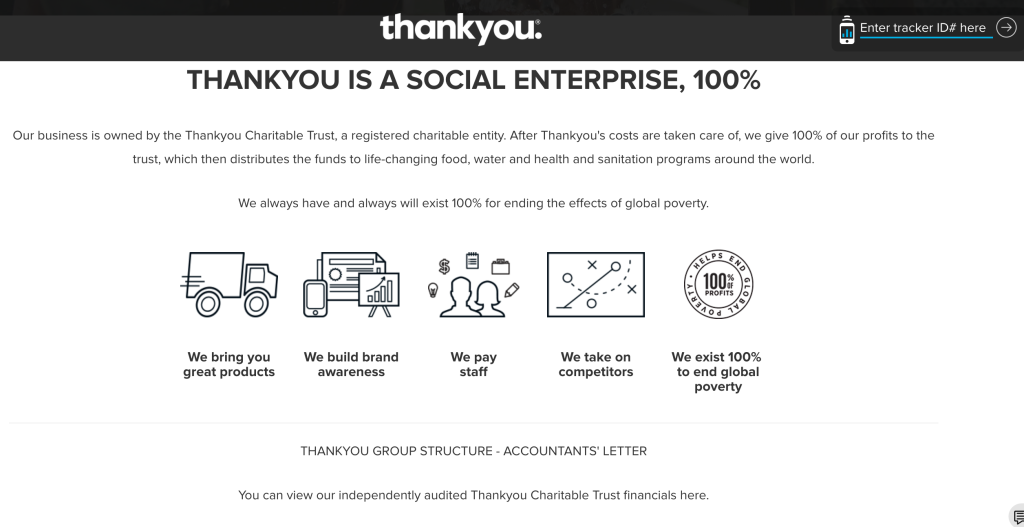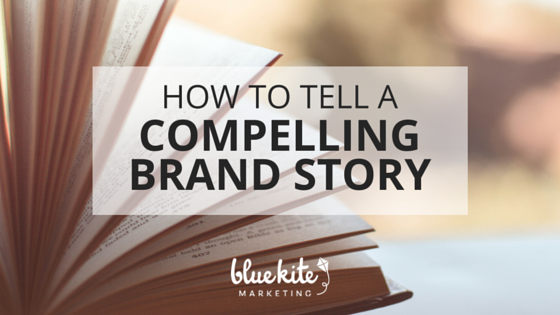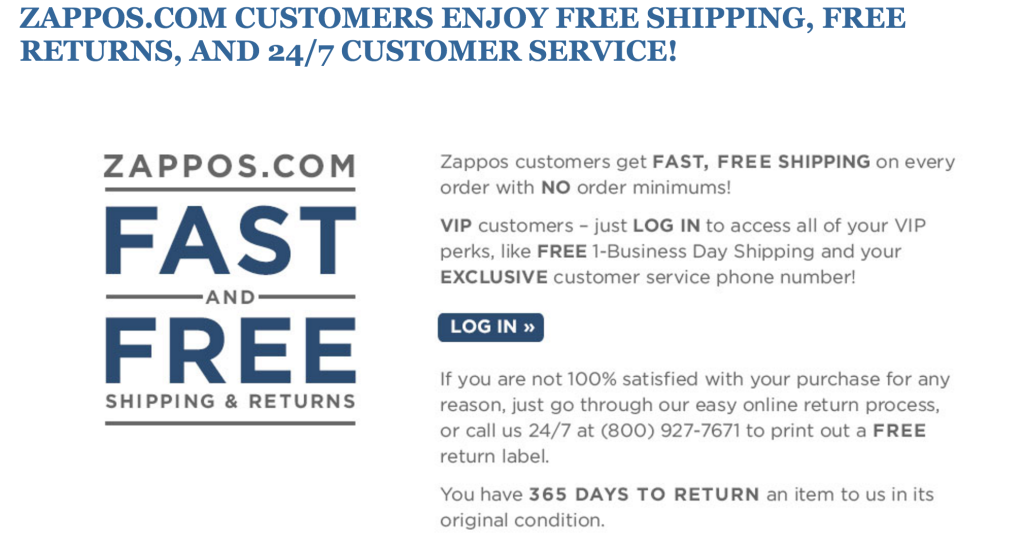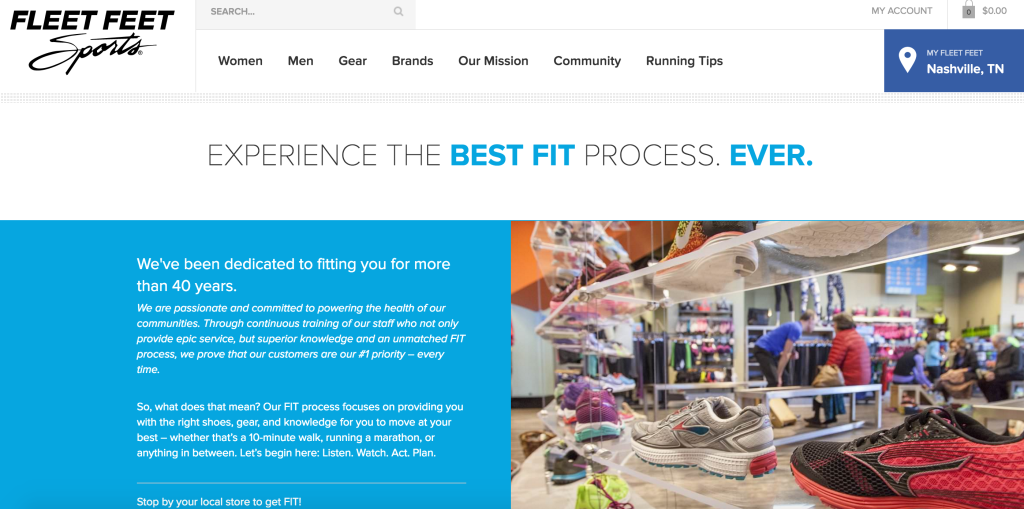Stories have the power to connect with people in a way that few other vehicles can.
Stories
create understanding by helping us relate an idea to our existing experiences.
And the best stories are memorable and easily shared.
That’s what makes storytelling such a powerful vehicle for businesses.
What is Your Brand Story?
If you want to stand out in today’s noisy and cluttered marketplace, you must tell a compelling brand story.
But what does that mean?
In its simplest terms, your brand story is what people believe and tell others about your business.
Your brand story is NOT a blog post, a website or one piece of content. It is the overarching narrative that fuels all of your marketing efforts.
Although marketing tactics are important, it doesn’t matter if you don’t have a compelling story behind it.
To create better content, you have to tell a better brand story.
Components of Powerful Stories
Just how do you tell a better brand story?
It starts with understanding what makes a powerful story in the first place. On Saturday, I spoke at Craft Content Nashville and shared some of the components of great stories.
“Your brand story should fuel everything you do!” –@lauraclick #CCN16Branding #ccn16 pic.twitter.com/dvVcHN4KEr
– JΞSSICΛ CΛRMΛCK (@jessicarmack) April 9, 2016
If you missed it, here are some of those key points:
1. Tell the truth.
The most powerful stories are TRUE stories.
Think about some of the movies you’ve seen that are based on true stories.
- Rudy.
- Erin Brockovich.
- Schindler’s List.
- The Blind Side.
- Catch Me If You Can.
The stories themselves are compelling. But the fact that they are based on true events makes them even more powerful.
The same goes for brands.
Good stories — true stories — sell.
Why?
Most of our buying decisions don’t come from need, they stem from emotion. Most of what we buy, we don’t really need. We buy products and we choose vendors based on what we FEEL.
Sharing the true story of your brand gives your audience the opportunity to connect with you on a deeper level.
2. Tap into emotion.
Think about the last five or six stories you’ve stopped to view, read, like or share online.
I’m betting every one of them had one thing in common – they tapped into your emotions.
It made you laugh. Cry. Get mad. Get excited. Relieved pain. Invoked joy.
Jason Falls calls this “Holy Smokes” content. In other words, the content is so interesting, amazing, awesome, awful, audacious or hilarious that it has you saying, “Holy smokes, this is awesome.”
Your story has to connect with your audience on an emotional level if you want to get noticed. Think about what will make your audience say,
“Holy smokes!”
3. Make your customer the hero.
Believe it or not, you are not the hero of your brand story.
Your customers are.
You play the supporting role. You make the assist for your customer to make the slam-dunk.
Nike, for example, is masterful at this. The focus of their marketing is not the products — it is about the athletes that use them, whether it’s the youngster playing soccer, the weekend warrior who loves running 5Ks or the professional athlete winning championships.
Nike isn’t the hero. Their customers are. Nike plays a supporting role in helping athletes perform.
How can you make your customer the hero?
How to Create a Better Brand Story
So, how do you take these concepts and create a story worth telling? Here are a few ways you can develop your brand story — along with some examples of how to do it well.
1. Share why you exist.
To create a powerful brand story, you have to get incredibly clear about why you exist. Rewind the clock and think about why you started your business in the first place.
Here are some questions to help you articulate this:
- What change do you want to see in the world?
- What problem are you trying to solve?
- What do you stand for?
- What do you believe?
The answers to those questions get to the very heart of your story.
A great example of this is Thank You Water. They’ve taken a boring product — bottled water — and managed to create a compelling story around their movement to “fund life-changing projects for people in need.”
Every time someone buys one of their products, it has a direct and trackable impact on someone in the developing world.
In fact, this is what it says on their website:
“We always have and always will exist 100% for ending the effects of global poverty.”

They are so focused on their cause and the impact they are making, they have even created an app that let’s you see which project the product you purchased is funding. Their entire brand is built on this very powerful story of working toward ending global poverty.
Doesn’t that make want to buy their water?
2. Illustrate your core values.
Core values communicate what you believe as a company and how you are working together toward a shared vision. By articulating what you stand for as a brand, you can attract better employees and customers who share your beliefs.
Your origin story is one of the most powerful ways to illustrate your values and connect them with your audience.
One of my favorite origin stories is that of LetterLogic, a local company in Nashville that prints and mails healthcare patient statements.
Their business might not sound very sexy, but what makes them appealing is their culture and their story.
Sherry Deutschmann had been in the business for 10 years before starting her company. But, she noticed the service was terrible where she worked — and it was because her employer did not care about the employees. They didn’t want to deliver good service because they weren’t being cared for.
She started Letterlogic to change that. To fund the endeavor, she sold all of her belongings in a weeklong yard sale and cashed in her 401K and set up shop in her basement.
And, from day one, she has placed employees first, not customers. That value-system and employee-first culture is what has made the company so successful.
The video below is on the LetterLogic website, which offers a great example of how to tell your story well.
What’s your origin story? How does that illustrate what you value as a company?
3. Demonstrate what makes you different.
One of the most important ways you can stand out is by articulating what makes your brand different.
It’s not easy, but it can be one of the most powerful things you can do to cut through the noise.
Essentially, you need to ask this question:
What is the thing that ONLY you do?
Your answer is your key differentiator.
One of the most famous examples of this is Zappos. When they first came on the scene, they were the first company to offer 365-day returns.
They wanted to eliminate the friction of buying shoes online, so they made it incredibly easy to return shoes. Now, other companies have followed suit, but their amazing return policy and a big part of what makes them different.
Fleet Feet is another great example. They have an amazing process for how they fit shoes. They call it their “Fitlosophy.”
Their staff is highly trained to help you find the right shoe based on your gait and how you run. They look at the wear patterns on your existing shoes. They watch you walk. They let you try on the shoes and run in their parking lot. They’ll adjust based on how you perform in each shoe.
And if that weren’t enough, once you’ve chosen a shoe, they will allow you return it — EVEN if you’ve run in the shoe.
I once had a pair I had run in for three weeks and after an 11-mile run, the shoe was rubbing my feet badly. I went back into the store and they allowed me to return the shoes no questions asked. And those used shoes? They donate or recycle them so they don’t go to waste.
How’s that for being different? How many shoe stores do this?
You Have a Powerful Brand Story
The best brands tell the best stories.
And I believe that you have a brand story worth telling.
It’s time to start creating it.
If you do that, you can change your business and change the world.





